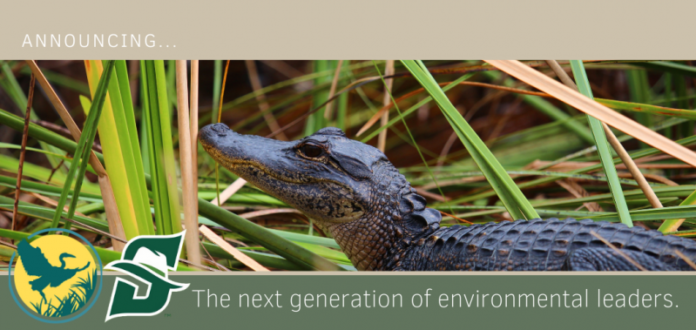elcome to the latest installment of the Wednesday Wake-Up Call, a roundup of the most pressing conservation issues important to anglers. Working with our friends at Trout Unlimited, Backcountry Hunters & Anglers, the Theodore Roosevelt Conservation Partnership, The Everglades Foundation, Captains for Clean Water, Bullsugar.org, and Conservation Hawks (among others), we’ll make sure you’ve got the information you need to understand the issues and form solid opinions.
If you know of an important issue–whether it’s national or local–that anglers should be paying attention to, comment below, and we’ll check it out!
Happy Everglades Day!
Since 2012, April 7 has been celebrated as Everglades Day in Florida, marking the birthday of the the ecosystem’s most famous advocate, Marjory Stoneman Douglas (1890-1998). Click here for a great description of her life and conservation accomplishments. To commemorate Douglas’s life and work, this week’s Wednesday Wake-Up Call is devoted to Everglades issues.
1. NOW is the Time to Save The Everglades
The current focus on infrastructure funding in Washington, DC, presents a rare opportunity to secure long-delayed funding for the Comprehensive Everglades Restoration Plan (CERP), according to a great article on the Captains for Clean Water website.
Fortunately, the fact sheet for the American Jobs Plan—unveiled by Biden earlier in the week—does mention the inclusion of Everglades restoration in the package, calling on Congress to invest in “the protection and restoration of major land and water resources like Florida’s Everglades and the Great Lakes.” Many agree that investment should close the deal on funding restoration to make up for a slow start from the Federal Government.
Jeb Bush, who was Governor of Florida when CERP was authorized, agrees that it’s time to get the funding back on track, saying in a recent Miami Herald Op-Ed, “The coming infrastructure bill is a once-in-a-lifetime opportunity for the federal government to balance the ledger and make up for lost time.”
Fulfilling the federal government’s funding responsibilities would have beneficial economic impacts, improve water quality along both coasts of South Florida, as well as kickstart the CERP program.
Click here for the full story on captainsforcleanwater.org
For related stories on Everglades funding, check out these stories from around the Web:
2. Large Piece of Old Tamiami Trail Removed to Allow Water South
Photo by Adbar , licensed via CC BY-SA 3.0.
For nearly a century, Old Tamiami Trail served Florida’s tourists and indigenous tribes, but it also presented a barrier to the sheet flow of water that is vital to the health of The Everglades. Now, state agencies are working to remove it.
Just south of U.S. 41 near the Miccosukee Indian Village, the South Florida Water Management District is removing 5.5 miles of the unused highway to make way for fresh water flowing south from the heart of the Everglades — Lake Okeechobee.
The $7 million project was approved last summer, but crews had to wait until the area’s water levels dropped after the wet season to begin work.
Click here for the full story on naplesnews.com
3. The First Campus Chapter of Friends of the Everglades

Friends of the Everglades recently announced Stetson University as the home of the first-ever campus chapter, featuring student-led initiatives to advance the mission originally set in 1969 by the organization’s founder, Marjory Stoneman Douglas. Located in DeLand, Florida, the Stetson campus sits in the St. John’s watershed just north of the headwaters of the Greater Everglades ecosystem. This fixture of advocacy near the northernmost region of Florida’s River of Grass further cements Friends’ resolve to tackle water issues that plague the state holistically, and speaks to the powerful inspiration of Everglades National Park as a World Heritage Site to all stakeholders — even those outside of its official boundaries.
Click here for the full story on everglades.org
Credit: Source link






























